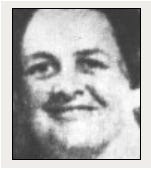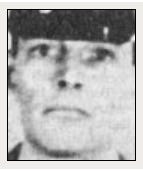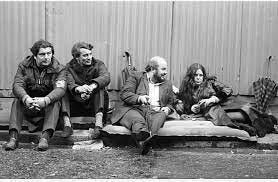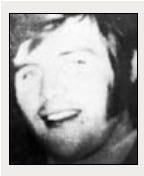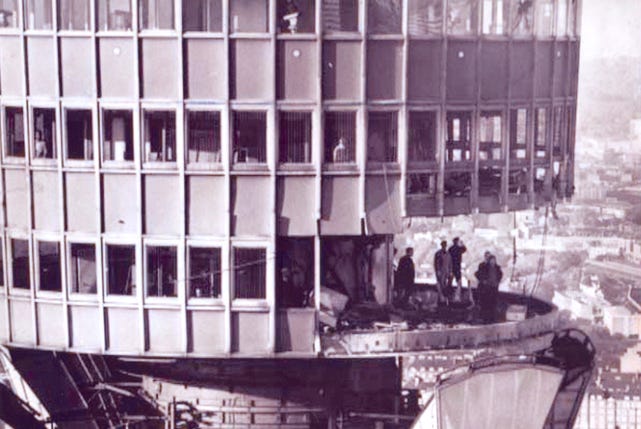Sometimes when I write these I feel like I’m a bit repetitive, but when I take a step back and look at the bigger picture, it makes me wonder what it would have been like for the mainstream press during this period. Every day would have had something to report on, whether it was a death, bombing, shooting, or political developments. It’s crazy to look back and realise that from the outside looking in, things were much worse than what you thought they were growing up in that bubble. I think it’s fair to say that everyone living in Northern Ireland suffered from emotional numbness to a certain extent.
Within the first four days of October 1971, there were four deaths; two British Soldiers, one Republican and a civilian.
British soldier Peter Sharpe (22), was shot in an IRA gun attack whilst on foot patrol, at Kerrera Street, Ardoyne, Belfast on the 1st of October.
On the 2nd of October 1971, IRA volunteer Terence McDermott (19) died after the bomb he was transporting to an electricity substation at Lambeg, near Lisburn, County Antrim, exploded prematurely.
Agriculture Ministry imports inspector Patrick Daly (57), a civilian, was shot during a gun battle between the IRA and British Army, at the corner of Linden Street and Falls Road, Belfast.
On the 4th of October 1971, British Soldier Brian Hall (22), was killed in a bomb attack on a British Army observation post, Cupar Street, Belfast.
Over the next few days (5th-7th of October), there were some further political developments. On the 5th, a new sitting of the Northern Ireland parliament at Stormont began. However, the SDLP was absent due to its continuing protest against Internment. The SDLP met in an alternative assembly at Strabane town hall. Then on the 7th, Brian Faulkner, then Northern Ireland Prime Minister, met with Edward Heath, then British Prime Minister, and the British Cabinet. The meeting was held in London. An additional 1,500 British Army troops were sent to Northern Ireland.
On the 9th of October, the UVF detonated a bomb in the Fiddler's House Bar on Falls Road, Belfast. They had hoped to kill a Catholic but killed a 45-year-old Protestant woman, Winifred Maxwell (45), instead.
British soldier Roger Wilkins (32), was shot dead by the IRA while on foot patrol on Letterkenny Road, Derry/Londonderry.
There were a further six deaths between the 15th and 17th of October 1971; 3 British Army Officers, 2 RUC Officers and 1 civilian.
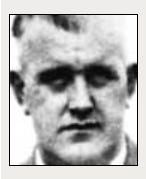
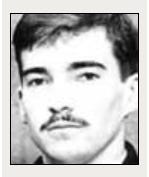
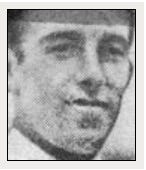
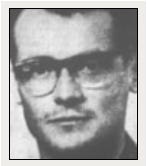
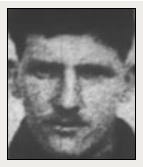
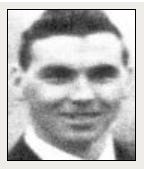
RUC Officers Cecil Cunningham (46) and John Haslett (21), were shot dead by an IRA unit while sitting in a stationary RUC vehicle at the junction of Woodvale Road and Twaddell Avenue, Belfast on the 15th of October.
British Army Officer, Joseph Hill (24), was shot dead by the IRA during street disturbances, at Columcille Court, Bogside, Derry/Londonderry on the 16th of October.
On the 17th of October, British Army Officer Graham Cox (35), died two days after being shot by an IRA sniper while travelling in a British Army armoured personnel carrier, Oldpark Road, Belfast. British Army Officer George Hamilton (21), also died on the 17th after he was shot dead by an IRA sniper while on foot patrol, Glenalina Park, Ballymurphy, Belfast.
There was also a civilian death, when David Thompson (38), was shot as he stood at the corner of Seaforde Street and Sheriff Street, Short Strand, Belfast.
Even though the SDLP were absent from the assembly due to its continuing protest against Internment, they organised approximately 16,00 households to withhold rent and rates for council houses as part of the campaign of civil disobedience. The campaign was in protest against Internment and had begun on the 15th of August 1971.
Mid to late October saw further political developments when a group of five Northern Ireland MPs began a 48-hour hunger strike against Internment. The protest took place near 10 Downing Street in London. Among those taking part were John Hume, Austin Currie, and Bernadette Devlin.
Another interesting political development was when Edward Kennedy, then a Senator in the United States Congress, called for a withdrawal of British troops from Northern Ireland and all-party negotiations to establish a United Ireland. Safe to say this wasn’t well received by both sides of the political divide in Northern Ireland.
As we approached the end of October, there were further deaths, with an insane 17 people losing their lives, bring the total to 29 for the month…
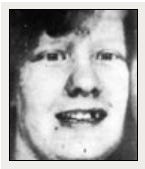
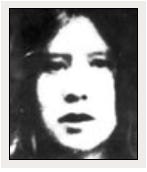
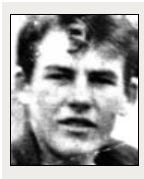
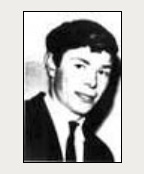
Two female members of the IRA, Maura Meehan (30) and Dorothy Maguire (19), were shot dead by the British Army in the Lower Falls area of Belfast on the 23rd of October. The two women had been travelling the area warning people of British Army raids on houses. They were the first members of Cumann na mBan to die in the conflict.
On the same day, three Catholic civilians, Sean Ruddy (28), James McLaughlin (26) and Robert Anderson (26), were shot by undercover British Army members, from nearby roof top, during attempted robbery of man outside bank, Hill Street, Newry, County Down. It was assumed they were Irish Republican Army members.
On the 24th of October, Martin Forsythe (19), was shot dead by the RUC during a bomb attack, Celebrity Club, Donegall Place, Belfast. His partner in the mission, IRA volunteer and later Sinn Féin politician Rita O'Hare, was seriously wounded.
Civilian, Robert Lindsay (27), died on the 25th of October, two days after being shot during sniper attack on a British Army mobile patrol by the IRA, at the junction of Springfield Road and Falls Road, Belfast.
Amogst all the killings, there were political manouvers being made. On the 26th of October, an Assembly, attended only by Nationalist politicians, and acting as an alternative to Stormont, met in Dungiven Castle. The Assembly only ever met on two occasions.
Five further deaths followed on the 27th of October;
David Tilbury (29) and Angus Stevens (18), both members of the British Army, were killed by the IRA during a bomb attack on their observation post in Rosemount, Derry/Londonderry.
Ronald Dodds (34), RUC officer, was shot by a sniper when an RUC mobile patrol arrived at scene of fire in a house, Gallagh, near Toome, County Antrim.
David Powell (22), a member of the British Army, was killed when a British Army armoured personnel carrier struck an IRA landmine in Kinawley, County Fermanagh.
Peter Graham (26), was found shot dead at his flat, St. Stephen's Green, Dublin in an apparent internal Saor Eire dispute.
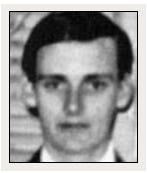
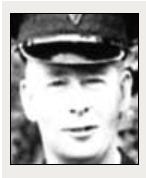
RUC officer Alfred Devlin (42), was killed in a bomb attack on Chichester Road RUC base, off the Antrim Road, Belfast by the IRA on the 29th of October. On the same day, Michael McLarnon (22), died shortly after being shot, while standing at the front door of his home, Etna Drive, Ardoyne, Belfast.
On the 30th of October, British soldier Norman Booth (22), was killed when the IRA bombed a British Army Observation Post on the junction of Springfield Road and Cupar Street, Belfast. On the same day, John Copeland died after he was shot and fatally injured by British soldiers not far from his home in Ladbrook Drive in Ardoyne, Belfast, on the evening of the 28th October 1971.
British soldier Ian Doherty (27), died three days after being shot while on mobile patrol, Stockman's Lane, Belfast.
October 1971 finished with a bomb exploding at the Post Office Tower in London (later renamed the British Telecom Communication Tower). At the time part of the tower was open to members of the public and was a London tourist attraction. The public area was closed following the attack and did not reopen. No one was injured, but the blast caused extensive damage. Police received a call claiming the "Kilburn Battalion" of the IRA was behind the attack.




